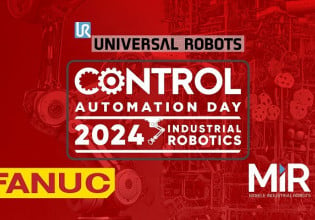S
From my understanding that, if turbine speed reaches 3120 rpm, the governor will close all governing valves and if turbine speed decreases to 2880rpm then governing valves will open fully.
But we have some odd logic in our plant, which is they have given a upper limit of 30rpm. This means whenever reaches speed reaches 3030rpm, the governor will keep the valves opening command will remain same for all values above 3030rpm. Whenever speed decreases, it does not have any limit. It operates up to the full droop limit of -120rpm. In short the droop range is (-120rpm to 30 rpm).
Why this limit given?
But we have some odd logic in our plant, which is they have given a upper limit of 30rpm. This means whenever reaches speed reaches 3030rpm, the governor will keep the valves opening command will remain same for all values above 3030rpm. Whenever speed decreases, it does not have any limit. It operates up to the full droop limit of -120rpm. In short the droop range is (-120rpm to 30 rpm).
Why this limit given?






